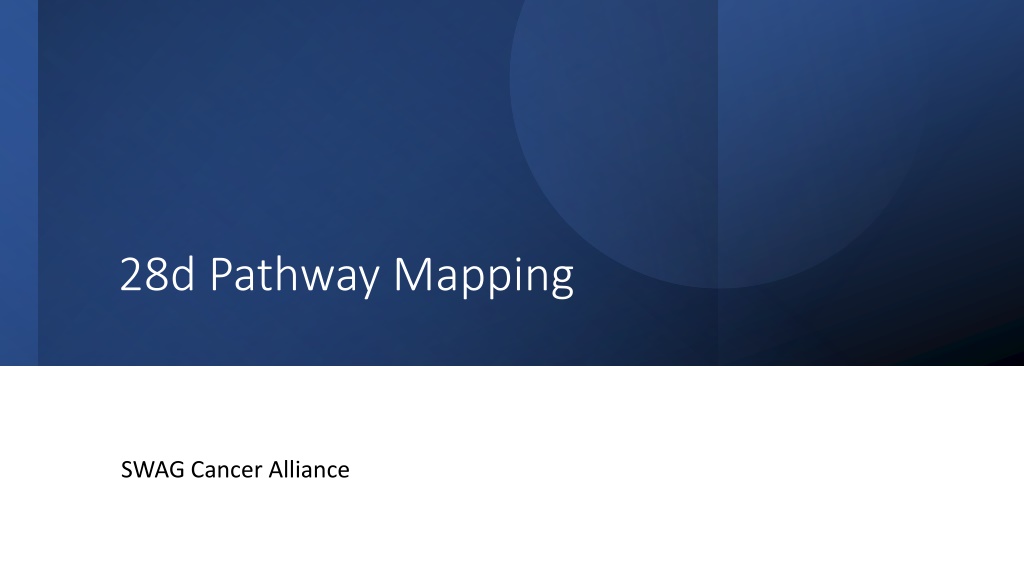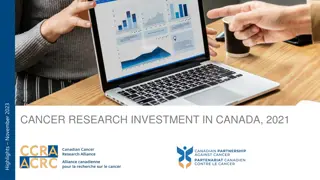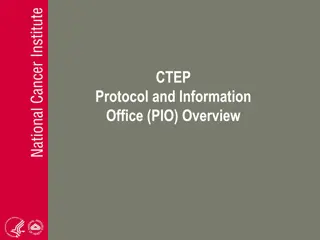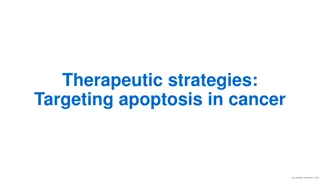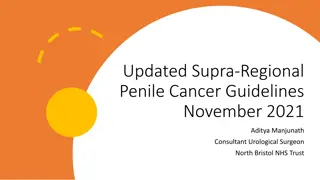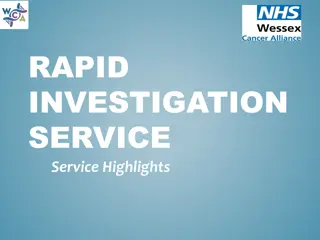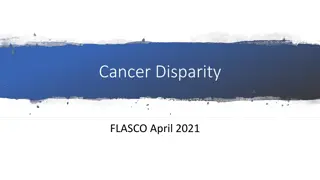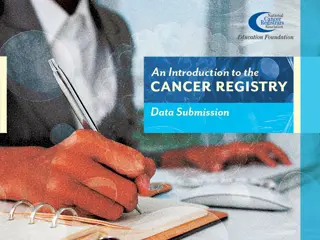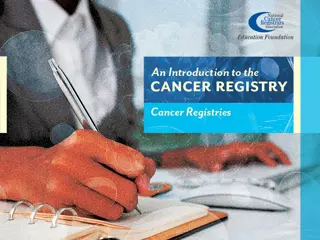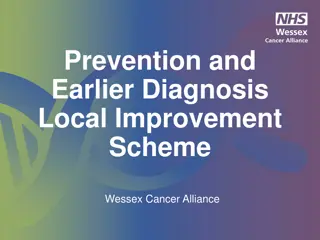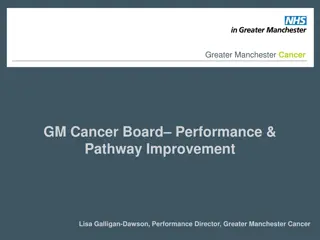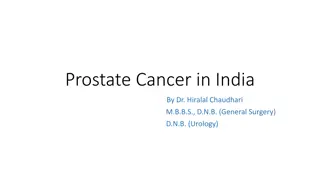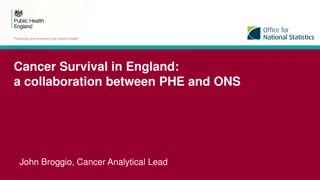Enhancing Clinical Pathways for Cancer Management
This content focuses on optimizing clinical pathways for cancer management through clarity, simplification, and improved access. It discusses the process of refining pathways, essential steps in clinical assessment, and outputs such as pathway synergies and areas for further discussion. Stakeholder engagement and the role of different specialties in pathway implementation are highlighted.
Download Presentation

Please find below an Image/Link to download the presentation.
The content on the website is provided AS IS for your information and personal use only. It may not be sold, licensed, or shared on other websites without obtaining consent from the author. Download presentation by click this link. If you encounter any issues during the download, it is possible that the publisher has removed the file from their server.
E N D
Presentation Transcript
28d Pathway Mapping SWAG Cancer Alliance
Objectives Clarify and simplify existing guidance Understand synergies between clinicians and different perspectives Between clinical pathways Primary / secondary care Clinical roles Improve access to 28d pathway for high risk patients Support non-referral of low-risk patients where further investigation is of limited clinical usefulness Identify opportunities for alternative pathways
Process One clinical pathway at a time. NG12 criteria and other relevant guidance for that tumour site BSG, timed pathways and collate actions for each NG12 presentation Speciality input Wider stakeholder engagement
Thinking of a patient who does NOT have cancer and presents with the NG12 criteria specified. Assume that patients have had a general history and they only present with the specified symptoms: Are there any specific questions that need to be covered in direct questioning and may not come up in general history or be offered spontaneously by the patient. Assuming the results of all steps of clinical assessment are normal; * What are the essential steps of clinical assessment that need to occur before the patient can be safely reassured they do not have a colorectal cancer? * What clinical skills are needed to perform these steps? * Can these steps be performed in secondary care, community, or both?
Outputs Pathway synergies Areas of variation for further discussion Clinical scenarios outside NG12 for 28d pathway Benign Pathways outside scope
Colorectal Gynae CNS Skin Urology Upper GI Lung Breast Head and Neck Haematology Sarcoma NSS Request to prioritise from PPV Partner Request to prioritise from ICS Lead Clinical links to Gynae pathway Clinical links to lower GI pathway Initial guideline Mapping NG12 BSG NG12 timed pathway Specialist engagement Wider stakeholder Consultation Pathway implementation
Help needed Input into initial pathway map which guidance to include. Initial questions re mapping, areas of nuance. Review with CAG Stakeholder identification anyone involved in pathway from referral, initial triage to diagnosis. Support with engagement. Anything else you think will be useful.
